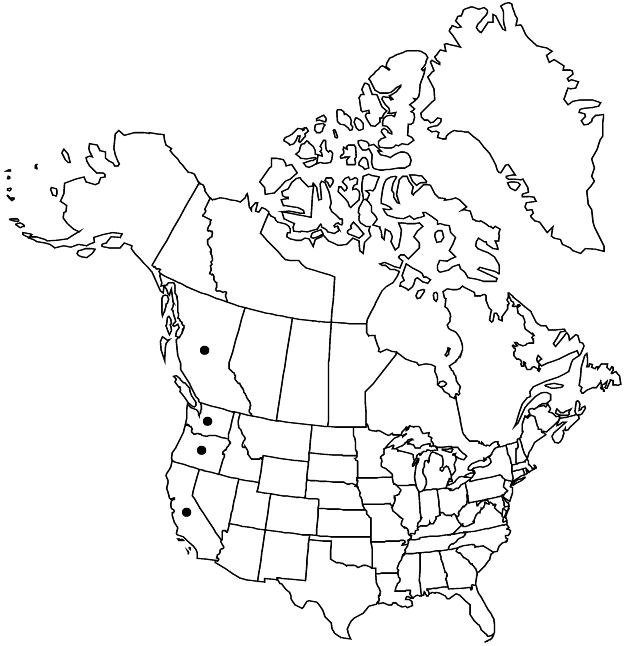Difference between revisions of "Marah oregana"
Fl. N.W. Amer., 239. 1898.
Common names: Coastal manroot
Endemic
Basionym: Sicyos oreganus Torrey & A. Gray Fl. N. Amer. 1: 542. 1840
Synonyms: Echinocystis oregana (Torrey & A. Gray) Cogniaux Megarrhiza oregana (Torrey & A. Gray) S. Watson
imported>Volume Importer |
imported>Volume Importer |
||
| Line 64: | Line 64: | ||
|publication year=1898 | |publication year=1898 | ||
|special status=Endemic | |special status=Endemic | ||
| − | |source xml=https:// | + | |source xml=https://bitbucket.org/aafc-mbb/fna-data-curation/src/2e0870ddd59836b60bcf96646a41e87ea5a5943a/coarse_grained_fna_xml/V6/V6_33.xml |
|genus=Marah | |genus=Marah | ||
|species=Marah oregana | |species=Marah oregana | ||
Latest revision as of 22:20, 5 November 2020
Leaf blades usually shallowly, sometimes deeply 5–7-lobed, 8–20(–35) cm wide. Flowers: sepals (pistillate) deltate to subulate or filiform, 1 mm; petals 8–10 mm (pistillate) or 5–6 mm (staminate), corolla usually white to cream, rarely greenish, cupulate to cupulate-rotate; staminodia present in pistillate flowers. Capsules usually striped dark green at maturity, short-ellipsoid to ovoid, tapered to beak, 4–6.5(–8) cm, surface sparsely to moderately echinate (usually smooth distally), spinules weak, flexible, 3–6 mm. Seeds 3–6, orbiculate to elliptic, compressed, 16–22 mm. 2n = 32.
Phenology: Flowering (Feb–)Mar–Jun.
Habitat: Roadsides, disturbed areas, clearings, fields, dunes, open hillsides, stream sides, meadows, thickets, Douglas fir and redwood forests
Elevation: 0–800(–2000) m
Distribution

B.C., Calif., Oreg., Wash.
Discussion
Selected References
None.
Lower Taxa
None.